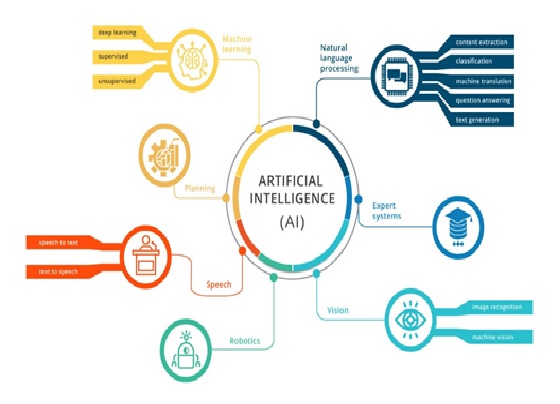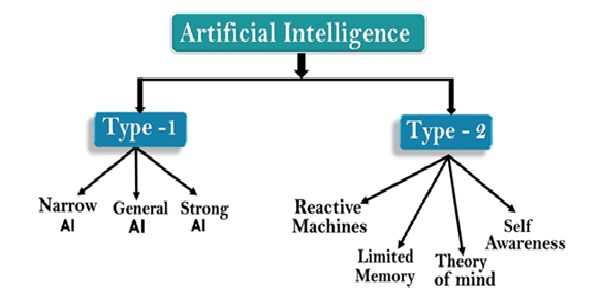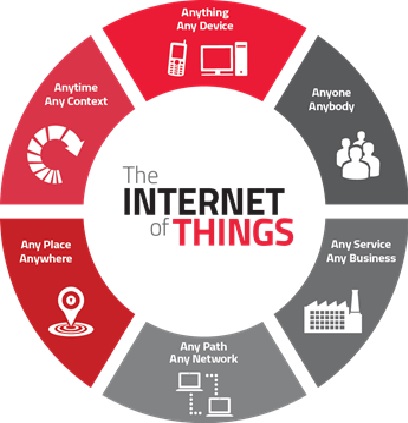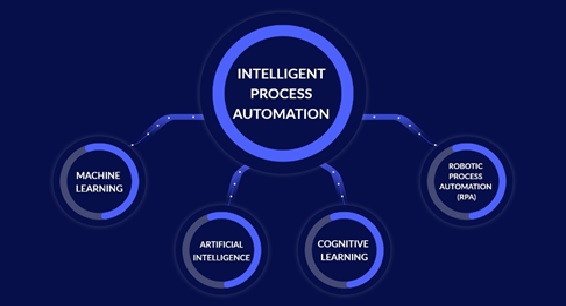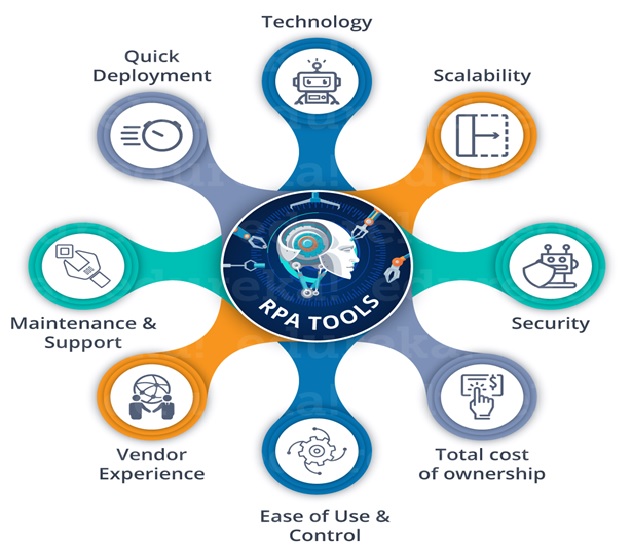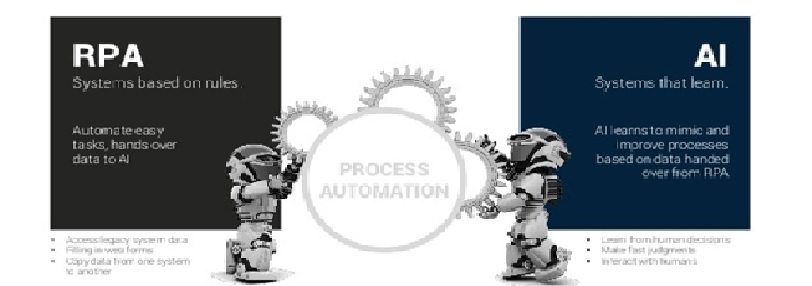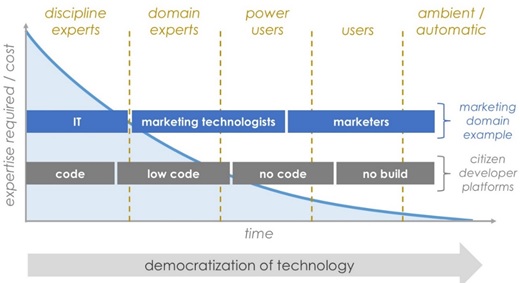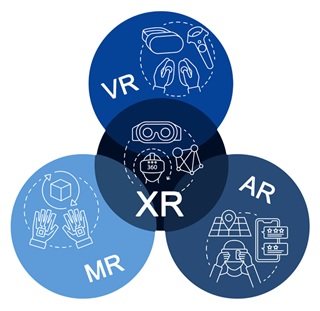Extended Reality (XR)
XR is a universal term inclusive to immersive learning technologies VR, AR, and MR. These technologies extend reality by adding to or simulating the real world through digital materials, and are an effective way to modernize corporate training programs.
Extended Reality (XR) refers to all real-and-virtual environments generated by computer graphics and wearables. The 'X' in XR is simply a variable that can stand for any letter. [1] XR is the umbrella category that covers all the various forms of computer-altered reality
Both the number of XR applications and advancements with those applications is growing. This technology is still evolving because of the ongoing development in human-machine interactions. By integrating XR into your training, you can immerse your learners in a multisensory environment that’s more interactive, engaging, and effective long-term.
Extended reality has a wide range of applications in the modern world. [2] Some of its applications include entertainment, healthcare, education, real estate, and marketing. The figure 1 shows the Extended reality.
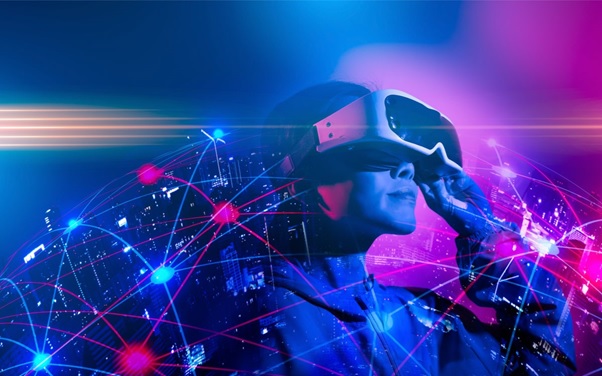
Figure 1: Extended Reality (XR)
XR technologies can be used across a variety of corporate training topics, [3] including:
- Onboarding — Start your new hires off on the right foot by using AR to train them on how to operate complex machinery.
- Diversity And Inclusion (D & I) — Simulate real life situations and test learners’ responses to microaggressions with 360º VR.
- Sales Training — Use AR plane detection to place a simulated cash register in front of learners and test their customer service skills.
- Technical Training — Place learners in a simulated warehouse environment through full VR where they practice stacking boxes with the correct weight and orientation.
- Leadership Training — Use 360º VR to allow learners to practice having difficult conversations with their team members.
Pros Of Extended Reality
- Allows for safe experiential learning — XR training creates a safe training space for experiential learning where learners can practice taking risks [4] and learn from their mistakes.
- Realistic hard and soft skills practice — With XR technology, learners can develop their hard skills (e.g. operating and repairing equipment) and soft skills (e.g. communication and empathy) through realistic interactions with people and equipment.
- Convenient to scale and reuse — With an XRS and additional access options, organizations can conveniently scale their XR training across their organization and reuse content as much as needed.
- Collects key metrics that help determine ROI — An XRS helps organizations collect key training metrics that measure knowledge retention and indicate if their investment has a measurable ROI.
Cons Of Extended Reality
- High upfront development and equipment costs —Given that XR is a newer technology in the training space, there may be higher upfront development and equipment costs compared to more traditional learning modalities.
- Health risks and side effects — AR and VR technology may pose certain health risks to learners, such as nausea, headache, and eye strain.
- Technological advancements and occasional updates — As with any of the latest technology, XR is subject to occasional hardware and software updates.
References:
- https://roundtablelearning.com/what-is-extended-reality-everything-you-need-to-know/
- https://www.viget.com/articles/xr-vr-ar-mr-whats-the-difference/
- https://www.section.io/engineering-education/introduction-to-extended-reality/
Cite this article:
Vinotha D (2021), Extended Reality (XR), AnaTechMaz, pp. 12




